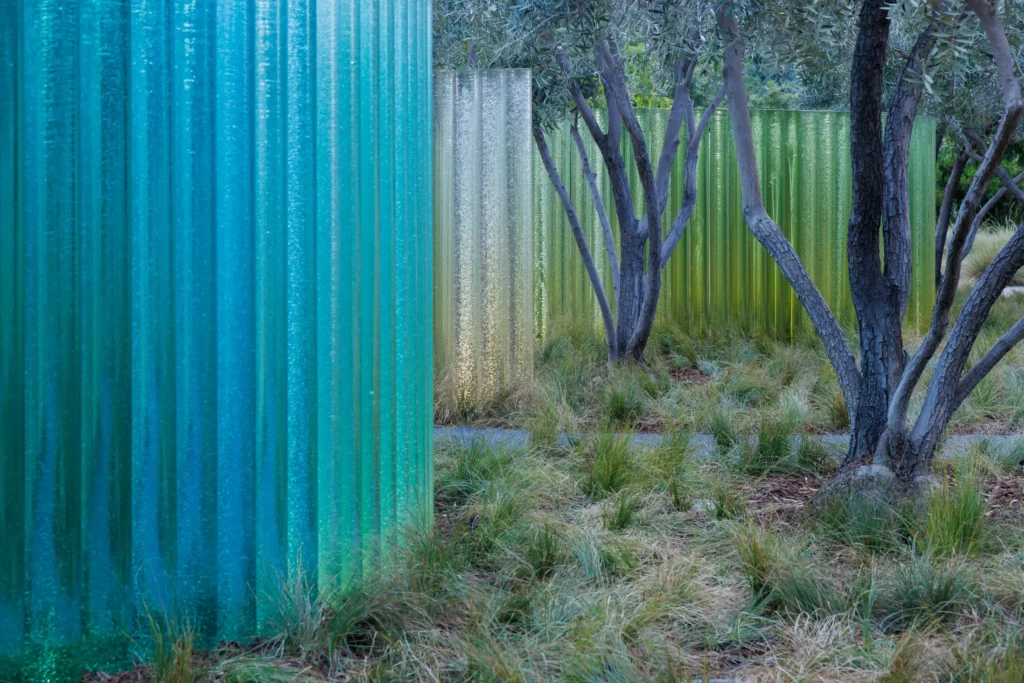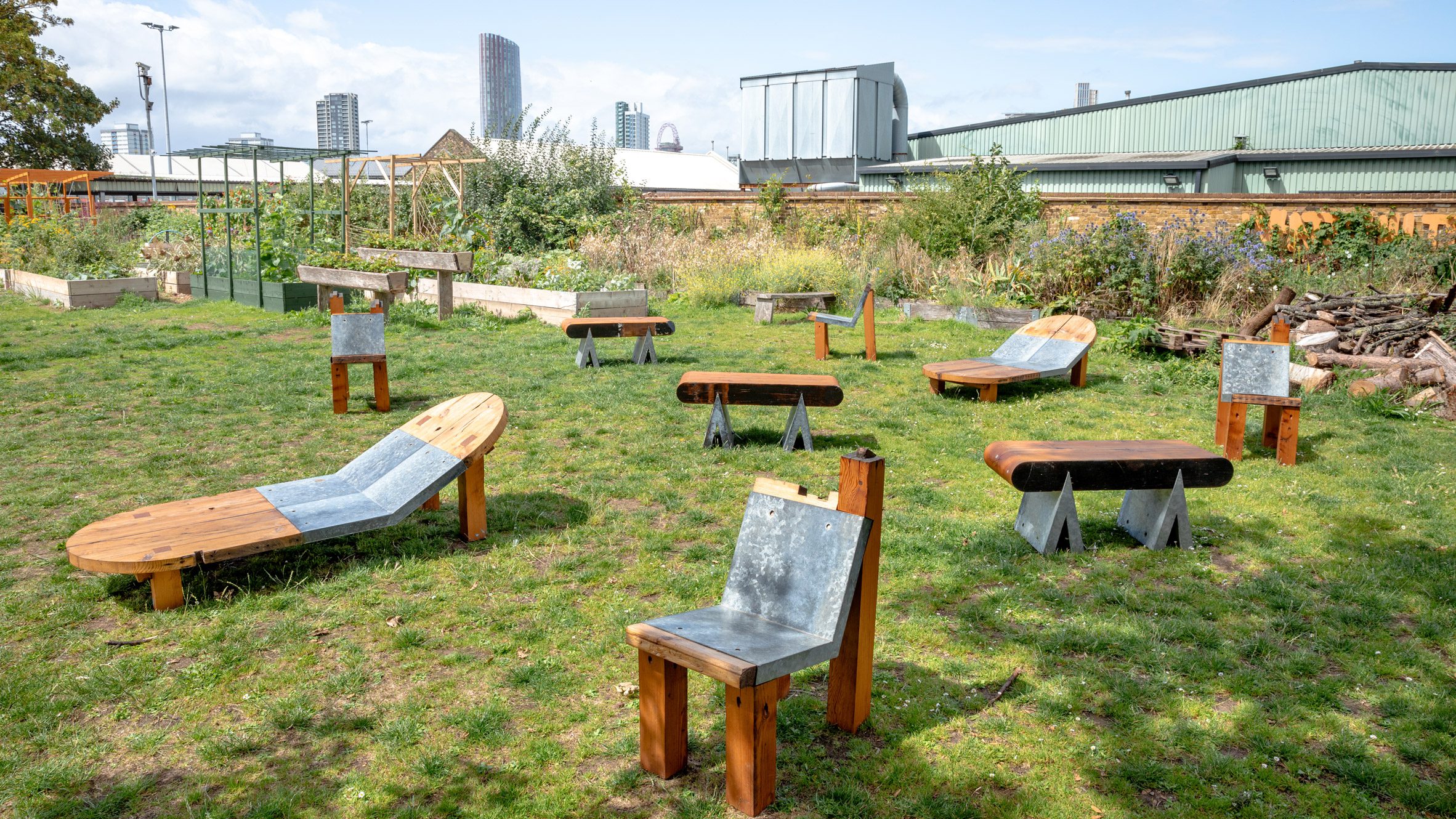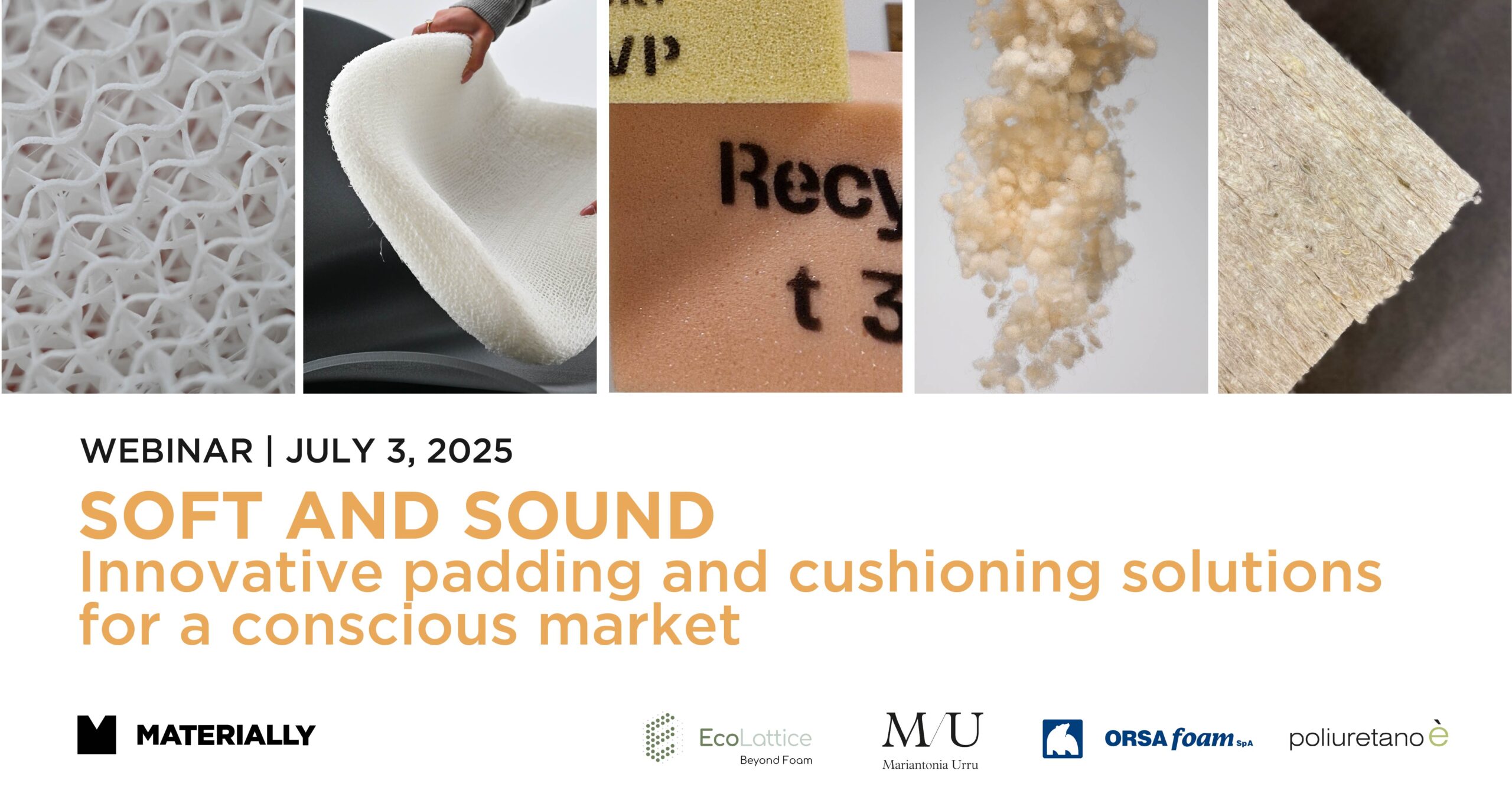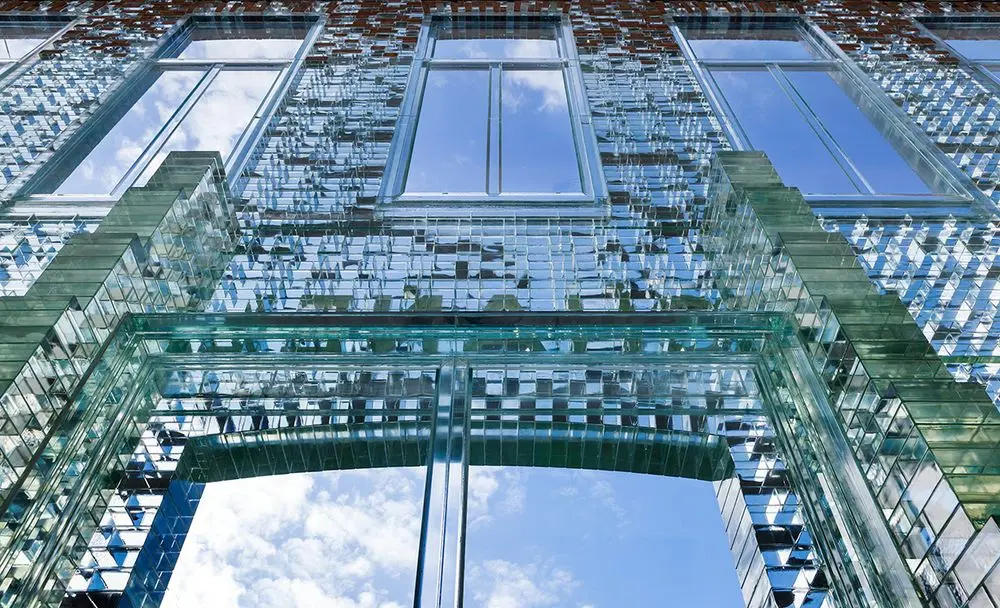
Glass and iridescent transparency
Ph courtesy S. Anselmo
Glass, a material widely used in architecture, is increasingly re-proposed in new formats capable of generating iridescent effects thanks to the combination of refraction and reflection of light.
Solid glass modules such as bricks, cylinders or prisms give rise to unexpected and original effects, depending on the installation, colour, shape and surface finish of the module.
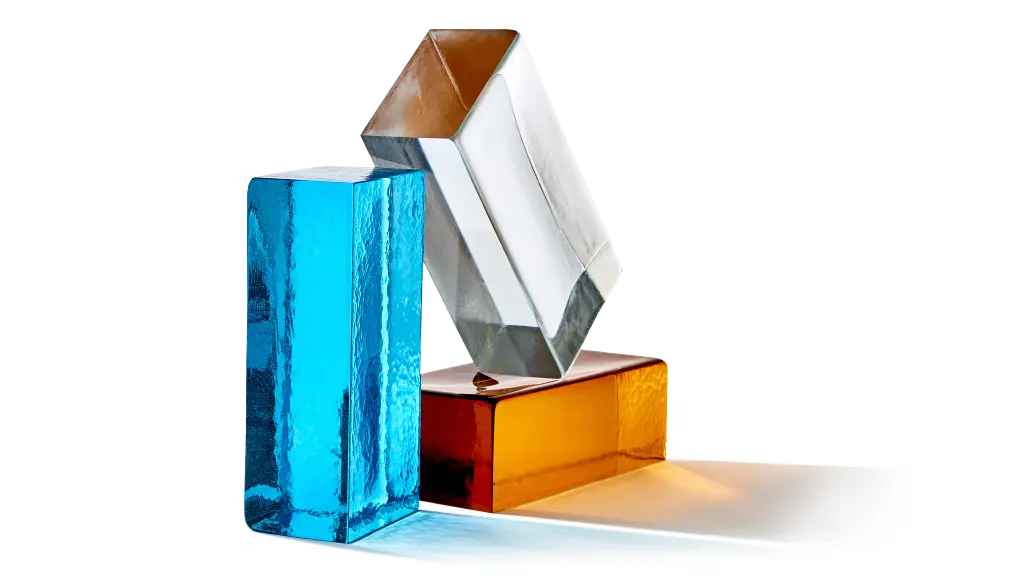
One of the first examples of this decorative use of glass is the Chanel temporary store in Amsterdam; built in 2016 based on a design by the Dutch studio MVRDV, it consists of a façade in smoothed bricks made by hand by Venetian craftsmen and laid to form a semi-transparent counter-façade, whose thickness plays with the light, transforming itself into a sort of “wall of water” of an iridescent green colour, which changes at different times of the day depending on the incidence of light.
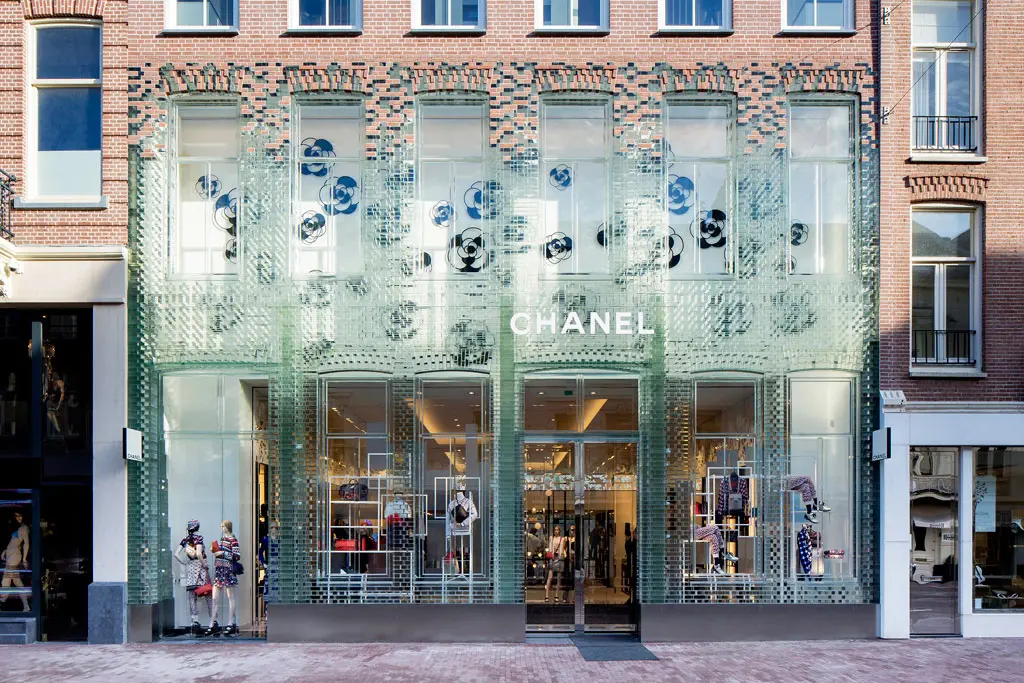
More recently, this method of designing with glass has given rise to several projects that combine architecture and art, as in the Qaammat Pavillion, designed by the Swedish studio Konstantin Arkitekter in 2022 as a landmark of Greenlandic culture. It is a monumental construction in glass blocks inspired by the shapes of Greenland’s traditional buildings, open on the upper part and cut along a line that drives the gaze towards the surrounding landscape. Despite being positioned on the mainland, the structure communicates with the sea through the interaction of glass with light.
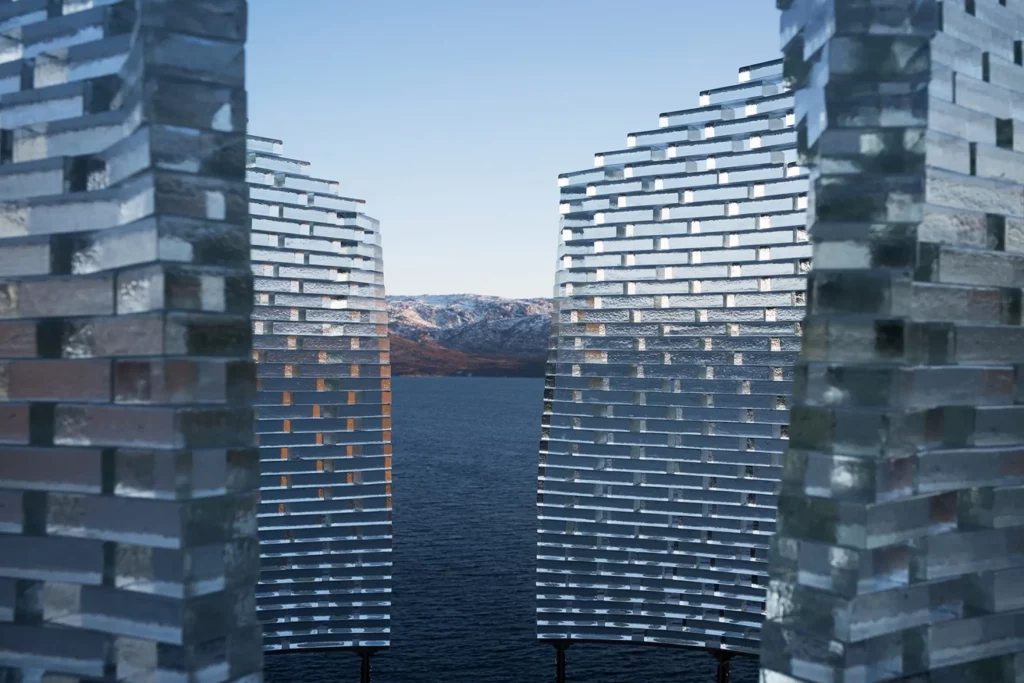
Similarly, the Mirage installation, completed in September 2023 on the Apple campus in California by Zeller & Moye Studio, is made up of glass cylinders, produced using different sands from every corner of the planet, 1.8 meters high and aligned in a curvilinear pattern which emphasizes the chromatic differences generated by the raw material and by the different incidence of light on the module. The name of the project itself, Mirage, indicates exactly the similarity between the “liquid” effect of the walls and that which is perceived precisely in mirages.
